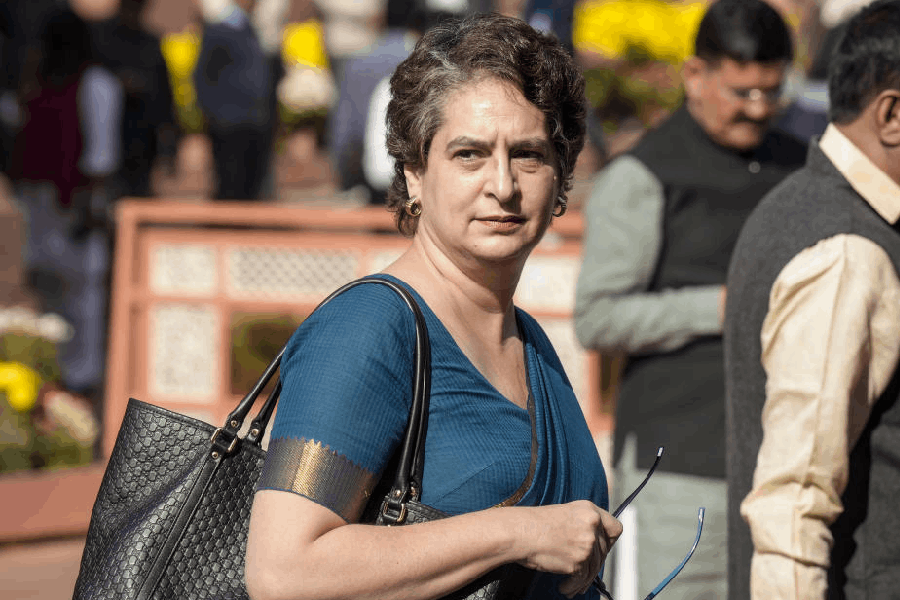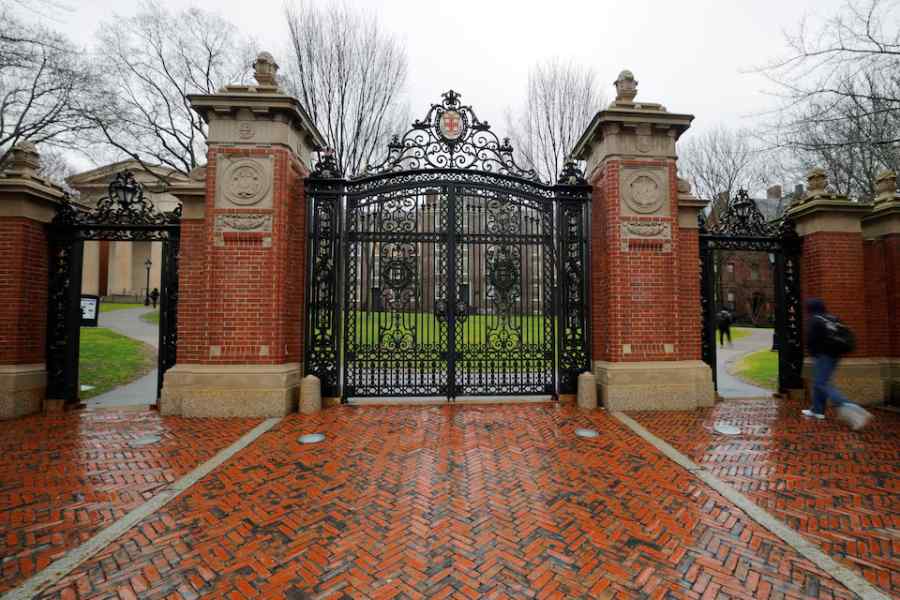The recent initiative by Supreme Court judges to disclose their assets is a commendable step towards transparency. However, it underscores a deeper need for systemic reform, which Parliament must address in the spirit of maintaining checks and balances.
Efforts to institutionalise judicial asset disclosure in India span decades. In 1997 and 2009, the judiciary passed resolutions encouraging voluntary asset declarations but these initiatives lacked enforceability. The Judicial Standards and Accountability Bill, 2009 was shelved with the dissolution of the Lok Sabha.
A glaring example of the existing gaps is evident in the voluntary nature of these disclosures. As of recent reports, only 12.35% of Supreme Court and high court justices have publicly declared their assets. Such inconsistencies erode public trust and highlight the need for systemic reforms.
Asset disclosure acts as a deterrent to unethical behaviour and reinforces the public’s faith in the judiciary. Moreover, it upholds the principle of equality by holding judges to the same standards of transparency expected of other public officials. The United States of America provides a compelling model for judicial accountability. The Ethics in Government Act of 1978 mandates comprehensive financial disclosures by all judicial officers, including Supreme Court justices. These disclosures, which detail financial transactions and assets, are subject to mandatory compliance and independent verification.
India can draw inspiration from this model by amending the High Court Judges (Salaries and Conditions of Service) Act and the Supreme Court Judges (Salaries and Conditions) Act to introduce similar provisions. A preamble emphasising accountability and transparency, coupled with specific rules for asset declaration, would provide a robust framework for reform.
The existing initiatives for judicial asset disclosure in India are plagued by critical shortcomings. These include the absence of a standardised format for declarations, a lack of independent verification mechanisms, and inadequate provisions for addressing discrepancies between declared assets and income. Additionally, the current framework does not mandate the disclosure of assets held by spouses and dependents, further undermining its credibility.
Bureaucrats in India are required to disclose their assets under the All India Services (Conduct) Rules, 1968. Similarly, electoral candidates declare their assets under the Representation of the People Act, 1951. However, the honourable justices remain exempt from such obligations. This disparity also manifests within the judiciary itself. Subordinate judges are often required to disclose their assets. Yet, higher courts have not extended these standards to their own judges. The immunity conferred on the honourable justices exempted from disclosing assets to protect judicial independence is an affront to reason, reeking of entitlement and defiance of democratic principles.
Judicial transparency is not merely a legal requirement; it is a moral imperative. Prominent jurists like Fali S. Nariman and K.K. Venugopal have long advocated for mandatory asset disclosures to restore public confidence in the judiciary. The road ahead requires a concerted effort from all stakeholders. The Central government must take the lead by amending relevant laws and introducing rules for asset disclosures. A preamble emphasising ‘promoting accountability and transparency’ should be added and rules prescribing a standardised process for asset declaration and independent verification mechanisms must be established.
It is high time that the judiciary holds itself to the same high standards it demands of others. Genuine reform, anchored in mandatory and verifiable asset disclosures, is essential to restoring public trust and strengthening the pillars of democracy.
Kishalaya Mishra is a lawyer. Trisha Shreyashi is a lawyer and columnist










